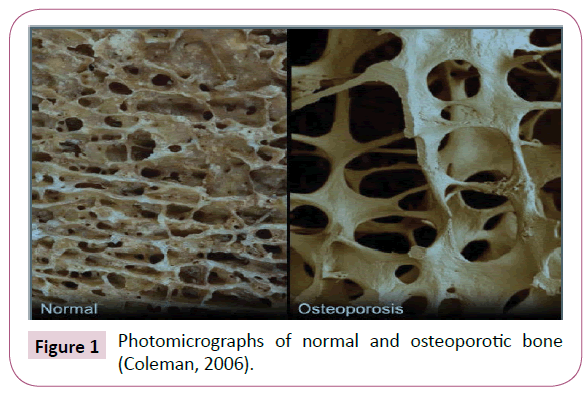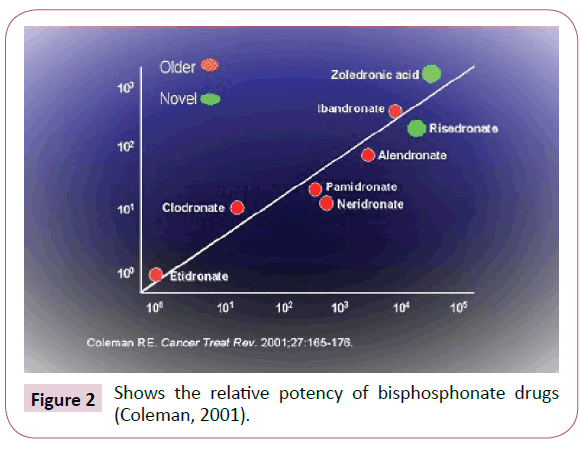Synthesis and Characterization of Hybrid Compounds for the Treatment of Bone Related Diseases

Bone diseases are major causes of abnormalities of the human skeletal system. To mention a few, osteoporosis, osteogenesis imperfecta and bone cancer are examples. This study is mainly focusing on osteoporosis and bone cancer. Osteoporosis have claimed many lives and some call it a silent thief because it has no clinical manifestations until there is a fracture. Bone cancer is also a life threating disease due to its effect of reducing red blood cell level. Bisphosphonates are well known antiresorptive drugs with the ability to inhibit the bone resorption process and diethylenetriamine compounds are chelating agents which can be used in chemotherapy to inhibit proliferation of several human cancers. So, the current research is aiming to make one more step in chemistry of hybrid compounds with high potency, high efficacy and low toxicity. All the reactions were performed at room temperature then, infrared and nuclear magnetic resonance were used to characterize the synthesized compounds. The living bone is a porous structure of fluid and living cells in a constant state of flux. In a normal health organism, the bone undergoes a continuous renewal process where, senescent bones are constantly being removed by bone-resorbing cells known as osteoclasts and being replaced by new bone-formation cells called osteoblasts. During childhood age, the body is capable of adding new bone faster than it removes the old one. Normally after the age of 20 the reverse process starts to occur, where one can lose bone faster than he/she can make it. When it comes to building strong bones they are two key nutrients which are calcium and vitamin D, calcium maintain bone rigidity and teeth structure, while vitamin D improves intestinal absorption of calcium and bone growth. However, these nutrients are important early in life but they may also help as you age, also exercises are required.
Osteoporosis: Is a disease whereby an imbalance in the bone remodelling process result in more bone removal than replacement and this leads to an increase in the risk of fracture. Figure 1 shows the changes with bone as a result of bone loss.

In the past, people thought a shortage of estrogen caused bone diseases. People thought this because most patients were women who came down with osteoporosis after menopause. According to World Health Organization records, bone diseases are recognized as a major public health problem in both developing and developed countries. Since this is an alarming issue in the society today, the most reasonable thing the world should do is to try to find a way that prevents the bone from losing its density. However, this became the major area of interest for researchers since osteoporosis was officially acknowledged and defined as a disease by the World Health Organization in 1994. The development of bisphosphonate drugs began when trace amounts of polyphosphonates were shown to be capable of inhibiting the bone resorption process.
Several members of bisphosphonates are either in clinical use or well advanced in clinical trials. However, the main focus is on the differences in potency, route of administration, duration of action, and efficacy between members of this expanding class of drugs. The initial observations that the bisphosphonate structure had high affinity for bone and inhibits the degradation of hydroxyapatite crystals led to confirmation that they could inhibit bone resorption in vitro.

The following chemicals and materials were used; 4-aminosalicyclic acid (C7H7NO3), cinnamic acid (C9H8O2), Diethylenetriamine (DET), Vitamin D2 (ergocalciferol), succinic anhydride(C4H4O3), Alendronate (C4H13NO7P2), distilled water, condenser, measuring cylinder, round bottomed flask, heating mantle and a stand, magnetic stirrer, acetone, N,N'- dicyclohexylcarbodiimide, dichloromethane, dimethylsulfoxide ,potassium tetrachloroplatinate(II), methanol all these reagents where bought from Sigma Aldrich, South Africa with an exception of alendronate which was already prepared and I received it from my supervisor. All hybrid compounds were synthesized at room temperature and the obtained percentage yield is in the range of 70-90%. The progress of these reactions was monitored using a thin layer chromatography and the results obtained indicates that the reactions were successfully completed due to the formation of a single spot, with an exception of compounds formed with the reaction of inorganic compounds as inorganic compounds are UV inactive. Further identification of the synthesized compounds was performed and the Infrared, 13C NMR and 1H NMR results indicates that the vitamin D hybrid compounds can be successfully synthesized from amidation and esterification reactions.
Regards,
Joseph Kent
Journal Manager
Journal of Trauma & Orthopaedic Nursing